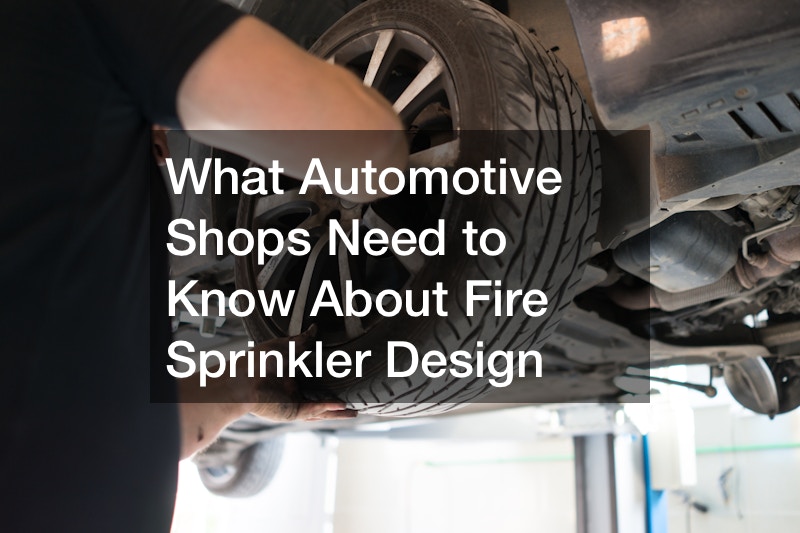AMJ Engineering’s video, “The Fire Sprinkler System | Firefighting lesson 6,” covers six general issues of fire sprinkler design and the broader systems.
It starts with the fire triangle, or the three ingredients needed to create and maintain a fire: heat, fuel, and oxygen. Removing one of the three ingredients extinguishes the fire, with many firefighting systems focusing on removing the fire’s access to oxygen. The video then distinguishes between manual and automatic firefighting systems, with the remainder addressing automatic fire sprinkler design issues.
It begins with the four sprinkler head types (upright, pendant, sidewall, and concealed), used based on the application, building design, and location within the building. The sprinkler heads are the end point of different sprinkler system types, including the wet, dry, pre-action, and deluge systems, each having advantages and disadvantages depending on the application.
Fire sprinkler system design requires conformance to spray coverage standards, requirements on the pipe sizes needed to supply the specified water volumes, and water storage requirements.
Finally, the video covers the zone control valve assembly, which has various components needed to assess and inspect the fire sprinkler design in operation.




